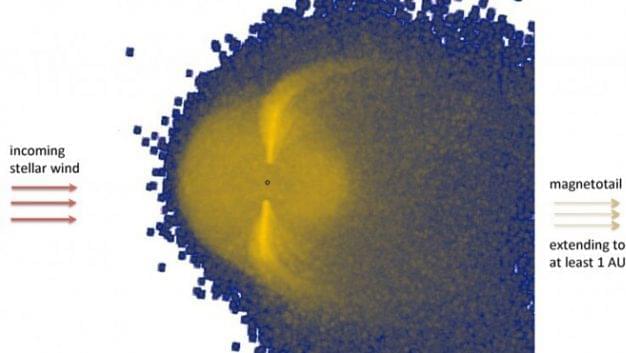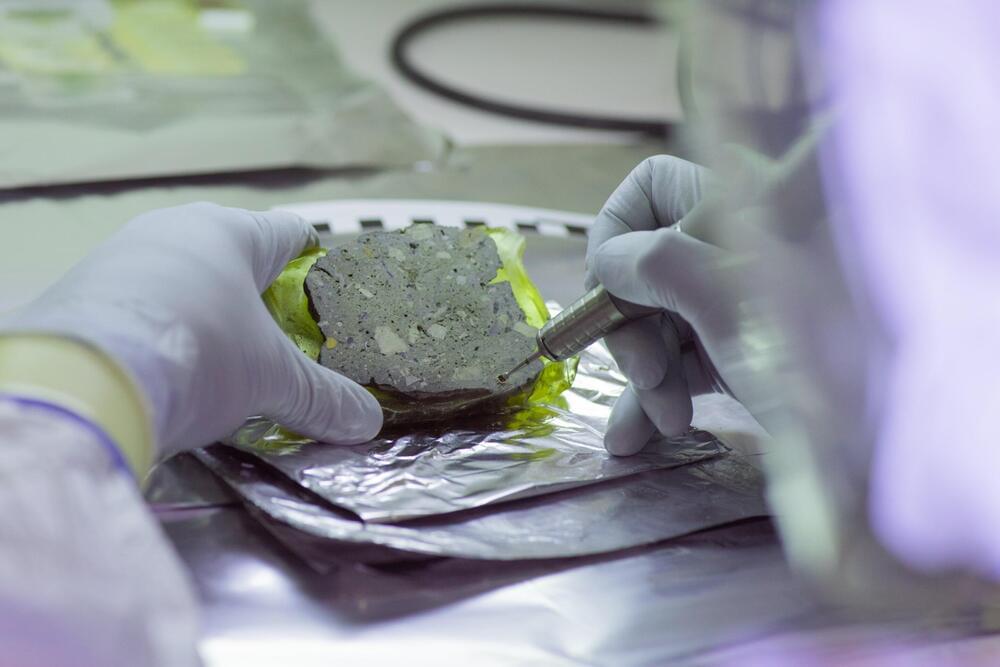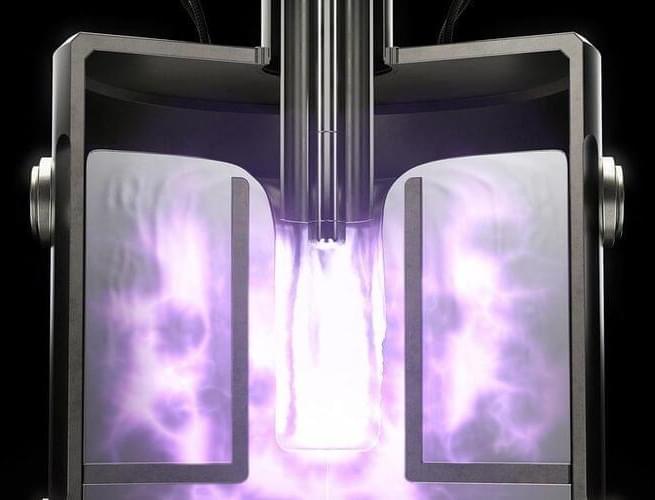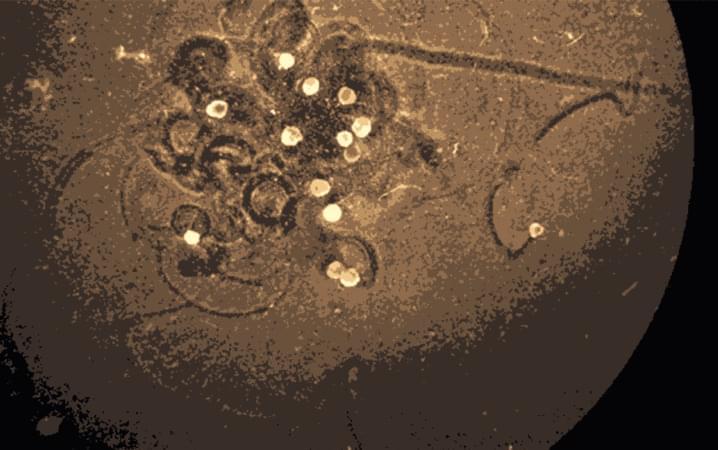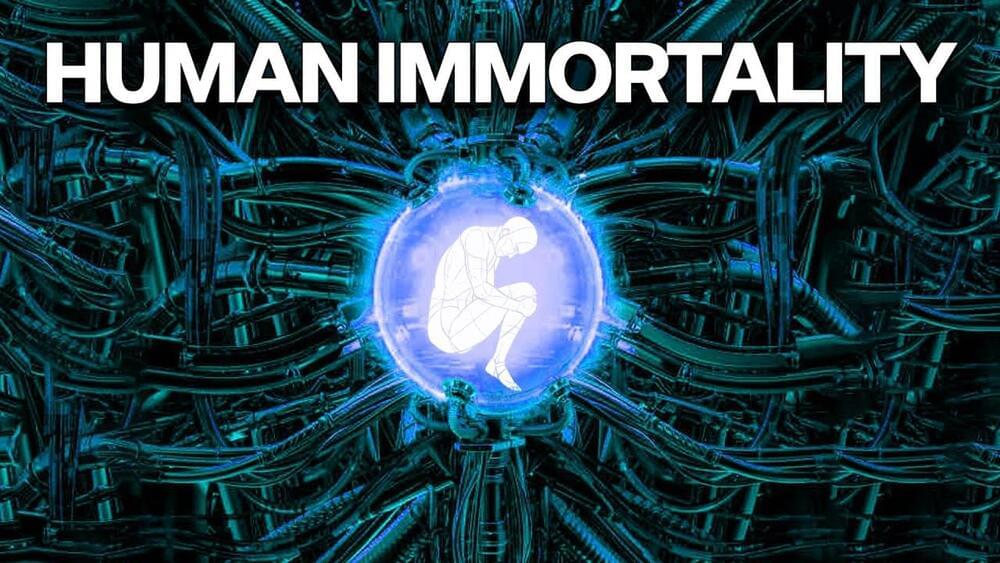
The COVID-19 pandemic highlighted the devastating impact of acute lung inflammation (ALI), which is part of the acute respiratory distress syndrome (ARDS) that is the dominant cause of death in COVID-19. A potential new route to the diagnosis and treatment of ARDS comes from studying how neutrophils—the white blood cells responsible for detecting and eliminating harmful particles in the body—differentiate what materials to uptake by the material’s surface structure, and favor uptake of particles that exhibit “protein clumping,” according to new research from the Perelman School of Medicine at the University of Pennsylvania. The findings are published in Nature Nanotechnology.
Researchers investigated how neutrophils are able to differentiate between bacteria to be destroyed and other compounds in the bloodstream, such as cholesterol particles. They tested a library consisting of 23 different protein-based nanoparticles in mice with ALI which revealed a set of “rules” that predict uptake by neutrophils. Neutrophils don’t take up symmetrical, rigid particles, such as viruses, but they do take up particles that exhibited “protein clumping,” which the researchers call nanoparticles with agglutinated protein (NAPs).
“We want to utilize the existing function of neutrophils that identifies and eliminates invaders to inform how to design a ‘Trojan horse’ nanoparticle that overactive neutrophils will intake and deliver treatment to alleviate ALI and ARDS,” said study lead author Jacob Myerson, Ph.D., a postdoctoral research fellow in the Department of Systems Pharmacology and Translational Therapeutics. “In order to build this ‘Trojan horse’ delivery system, though, we had to determine how neutrophils identify which particles in the blood to take up.”

